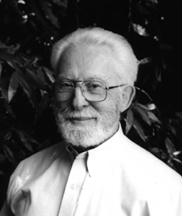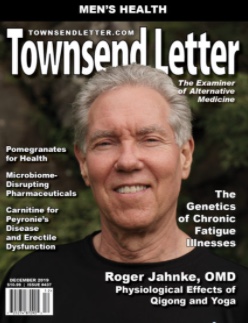Qigong is Meditative Movement
The four fundamental components of Qigong are movement/posture combined with breath and meditation, and self-massage. Qigong (and it's most popular moving form, Tai Chi or Taiji) is an ancient practice included in a new category of exercise  called "Meditative Movement" that is defined by (a) some form of movement or body positioning, (b) a focus on breathing, and (c) a cleared or calm state of mind with a goal of (d) deep states of relaxation. Meditative movement as a category of exercise: implications for research. Larkey et. al. J Phys Act Health. 2009 Mar;6(2):230-8.
called "Meditative Movement" that is defined by (a) some form of movement or body positioning, (b) a focus on breathing, and (c) a cleared or calm state of mind with a goal of (d) deep states of relaxation. Meditative movement as a category of exercise: implications for research. Larkey et. al. J Phys Act Health. 2009 Mar;6(2):230-8.
Meditation in combination with breathing and slow, gentle movements (although there are many forms of Qigong that do not involve movement) affects humans physically and psychologically through relaxation techniques which reduce stress through modulation of the autonomic nervous system, gene expression, and the immune system. The practice has a proven effect upon quality of life, self-esteem, relationships, the ability to recognize and handle stress, pain relief, blood pressure, cardiovascular health, and more.
 Qigong is moving meditation. "Moving" means either physical movement or movement of energy internally, even if no musculo-skeletal movement is occurring. The integration of interoception (mindfulness and related cognitive and emotional processes) and proprioception is a key component of Qigong. Practice results in moments of peace within activity. All of this comes on a foundation of breathing.
Qigong is moving meditation. "Moving" means either physical movement or movement of energy internally, even if no musculo-skeletal movement is occurring. The integration of interoception (mindfulness and related cognitive and emotional processes) and proprioception is a key component of Qigong. Practice results in moments of peace within activity. All of this comes on a foundation of breathing.
Meditation is increasingly being used in clinical situations for a range of conditions, and there is a growing scientific evidence base of its benefits. Qigong meditation which includes mindfulness training cultivates body awareness and promotes self-management of illness.



 called "
called "
 Multifaceted physical activities such as tai ji (tai chi), qigong, and yoga involve varying combinations of neuromotor exercise, resistance exercise, and flexibility exercise. Neuromotor exercise training is beneficial as part of a comprehensive exercise program for older persons, especially to improve balance, agility, muscle strength, and reduce the risk of falls."
Multifaceted physical activities such as tai ji (tai chi), qigong, and yoga involve varying combinations of neuromotor exercise, resistance exercise, and flexibility exercise. Neuromotor exercise training is beneficial as part of a comprehensive exercise program for older persons, especially to improve balance, agility, muscle strength, and reduce the risk of falls." 

 Harvard Medical School Guide to Tai Chi
Harvard Medical School Guide to Tai Chi